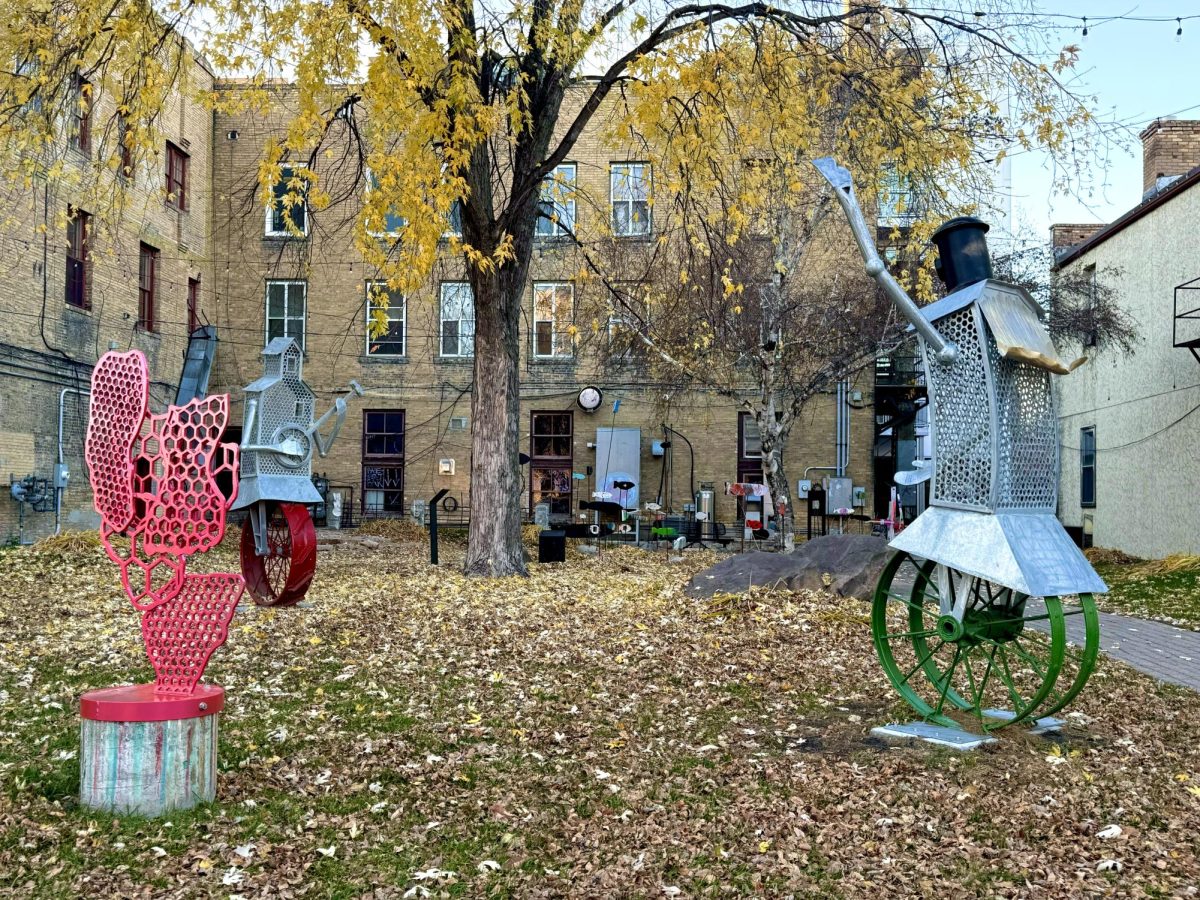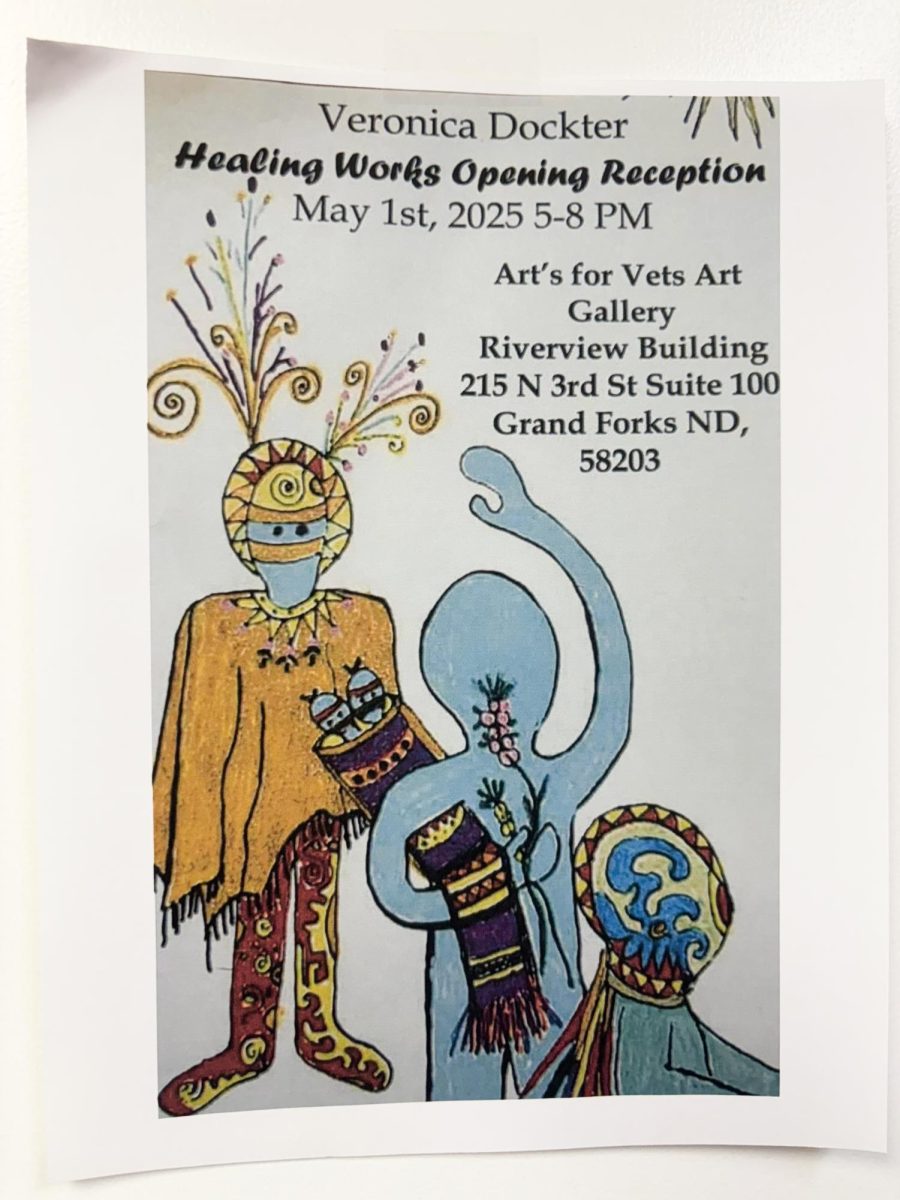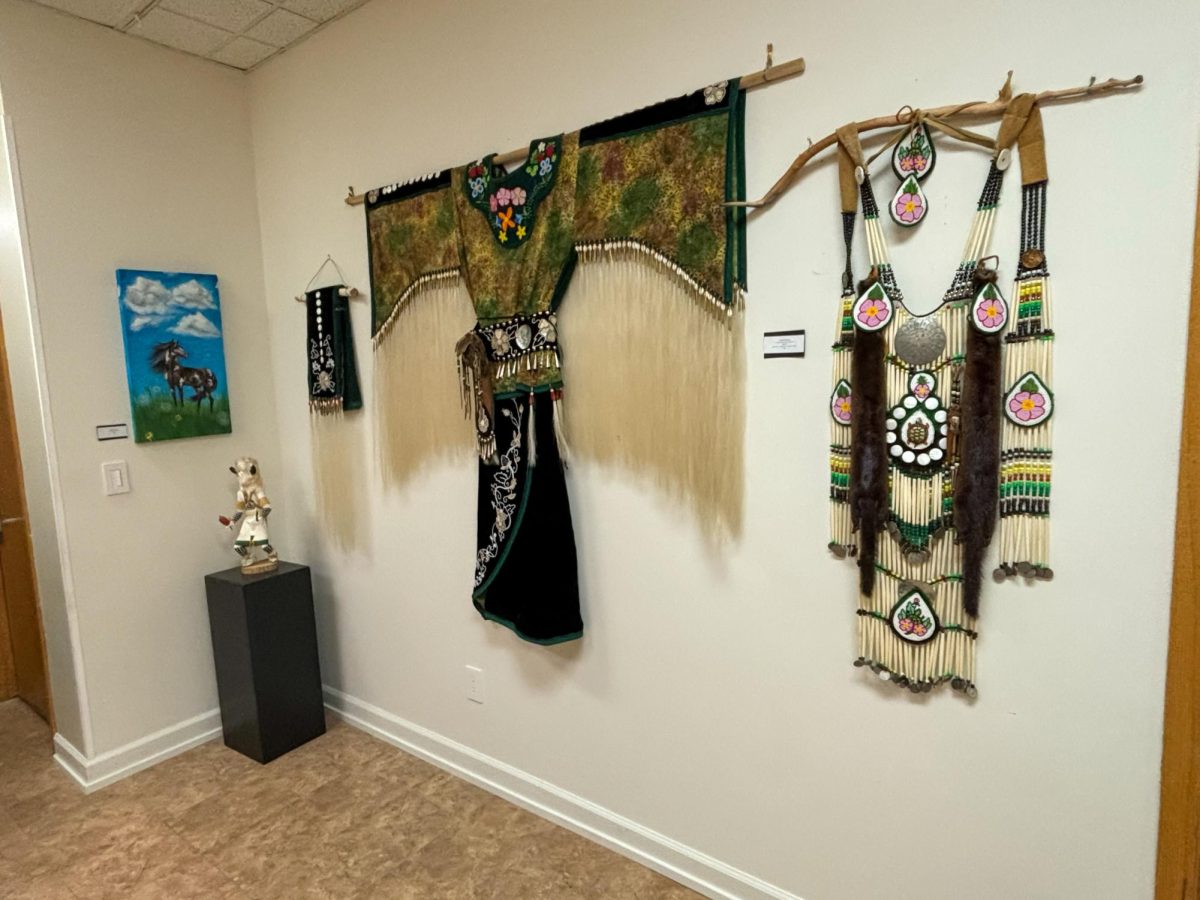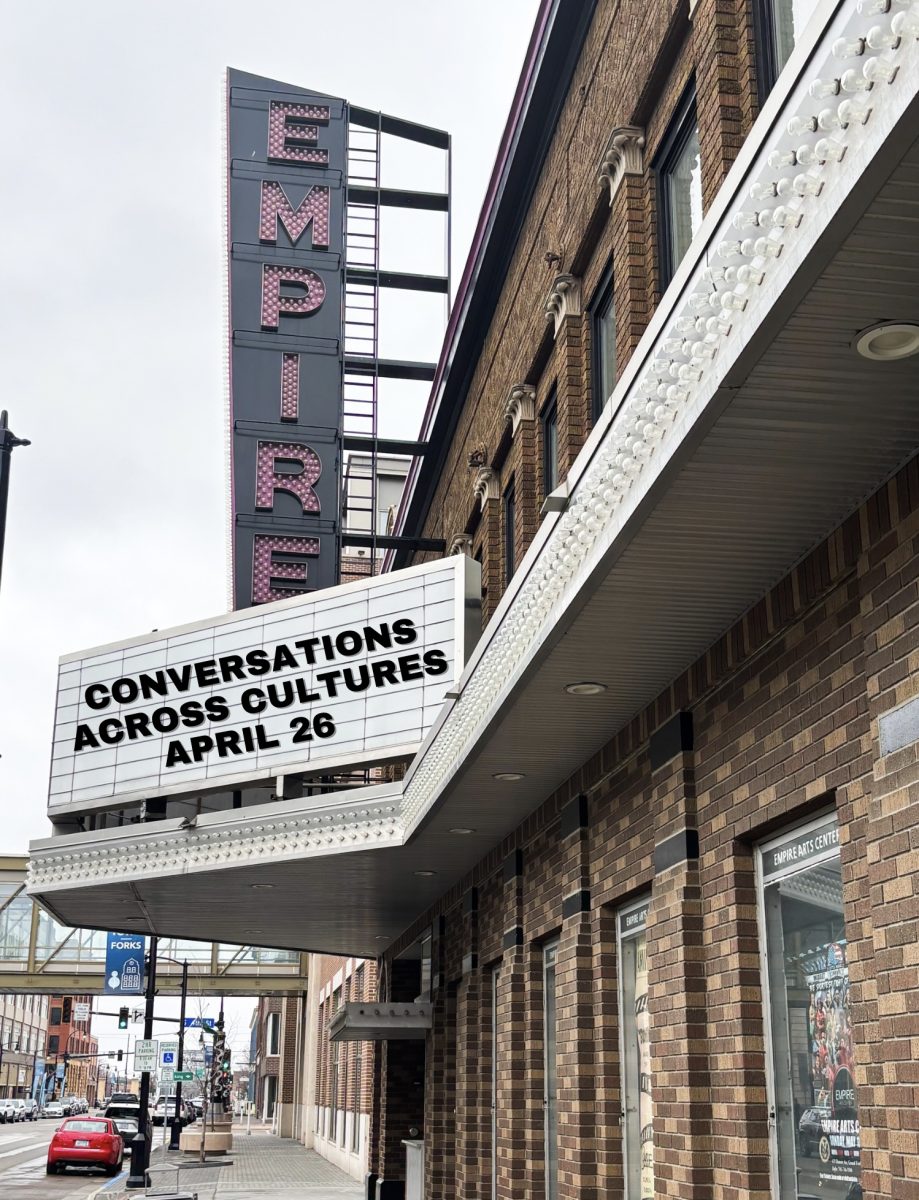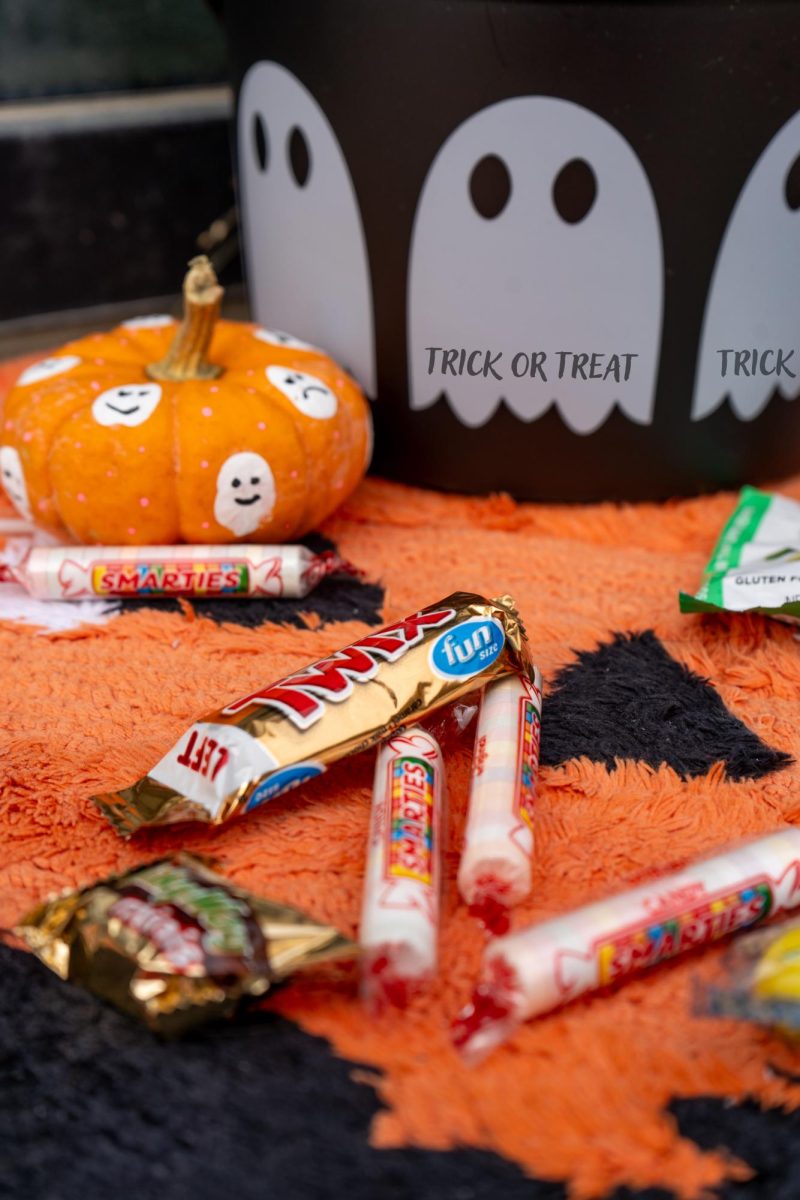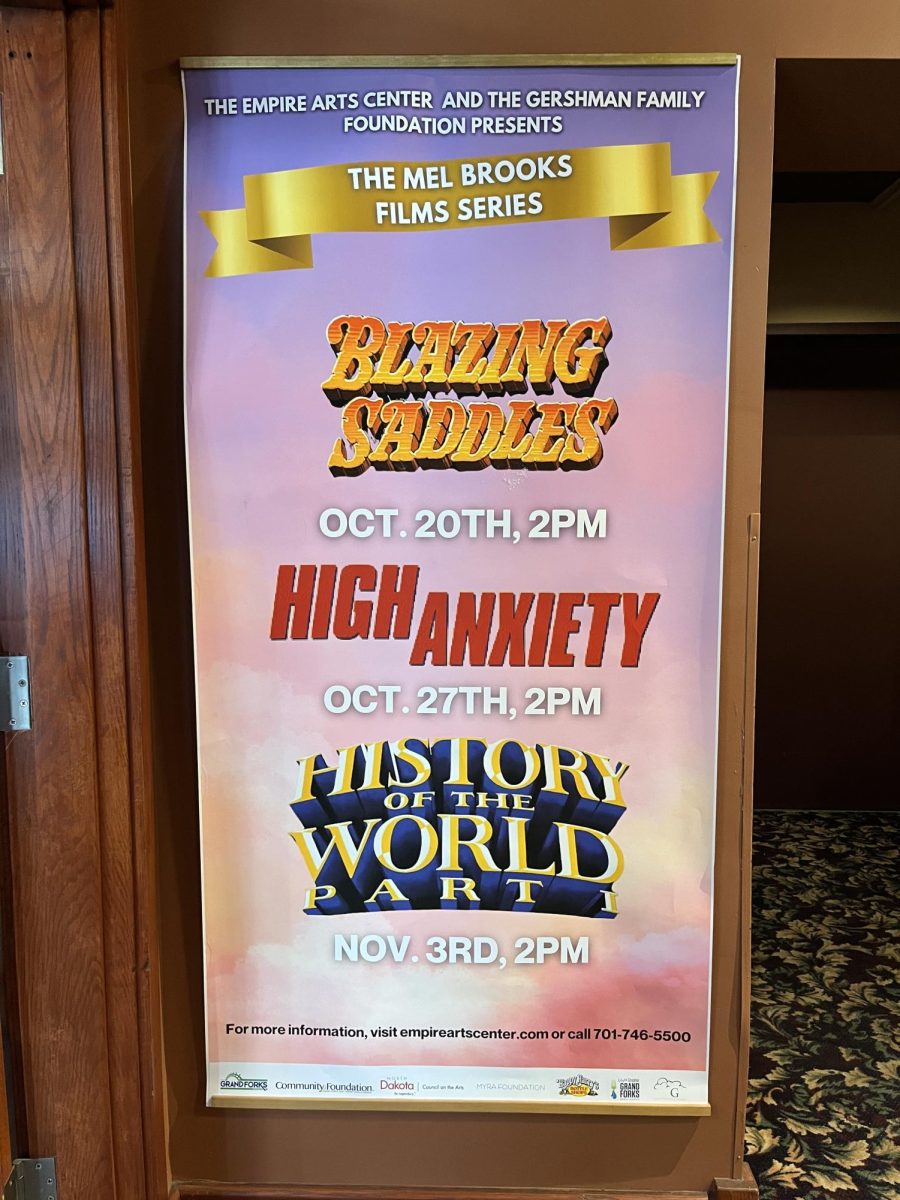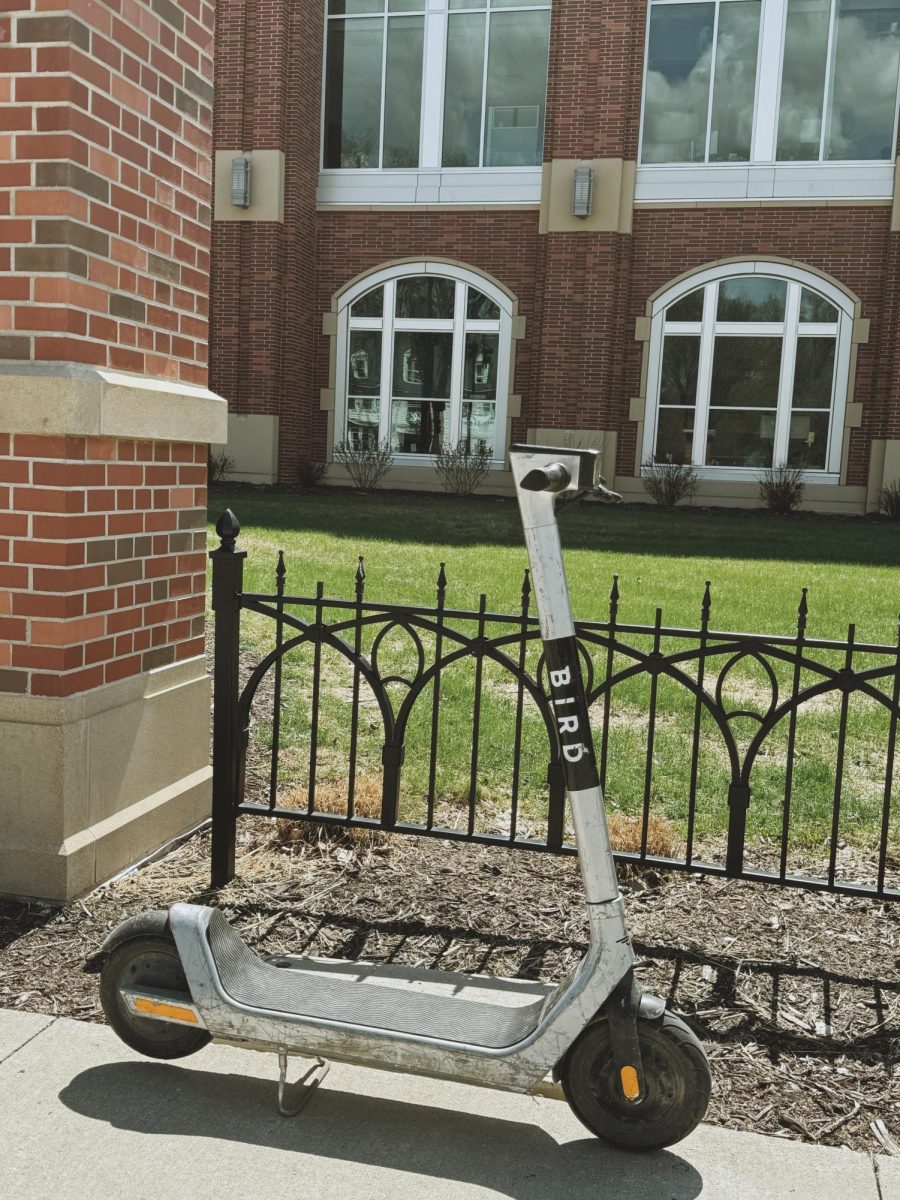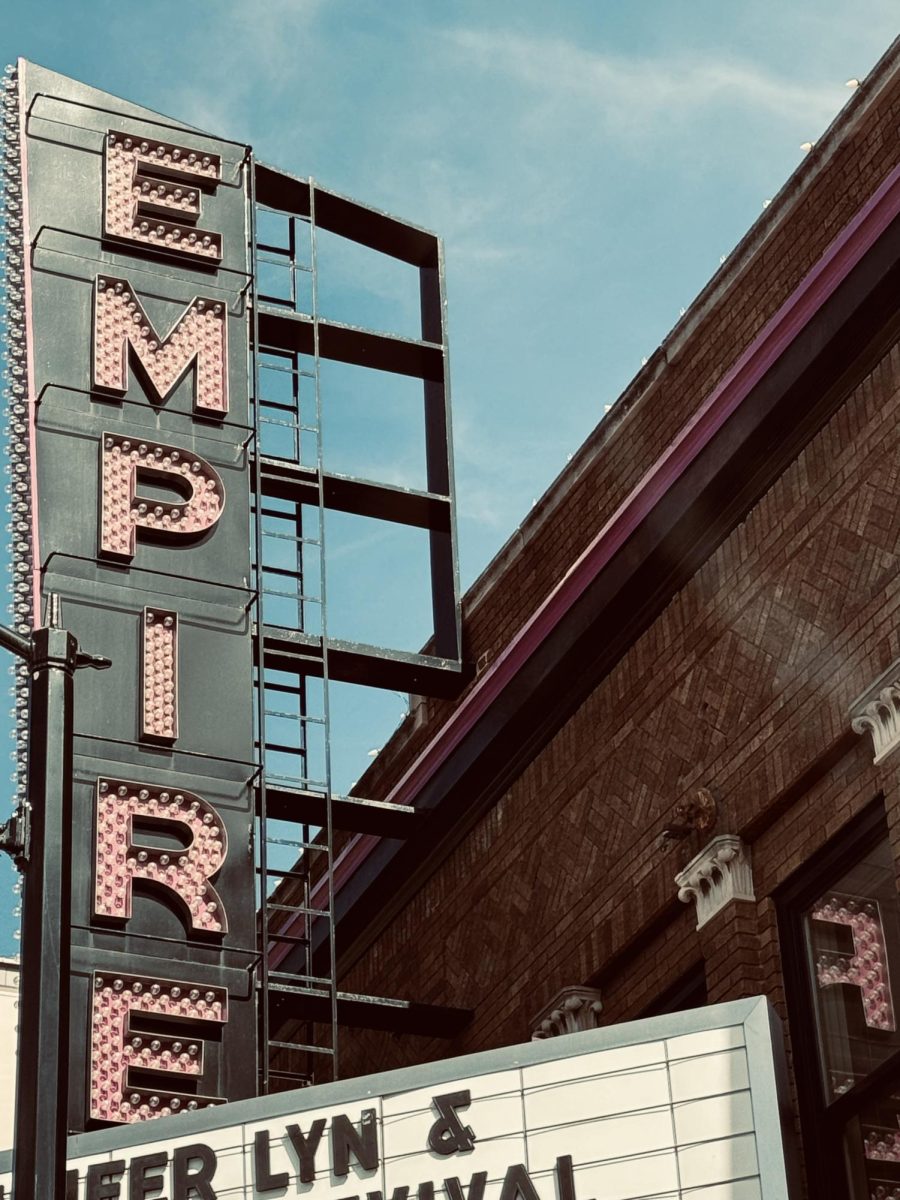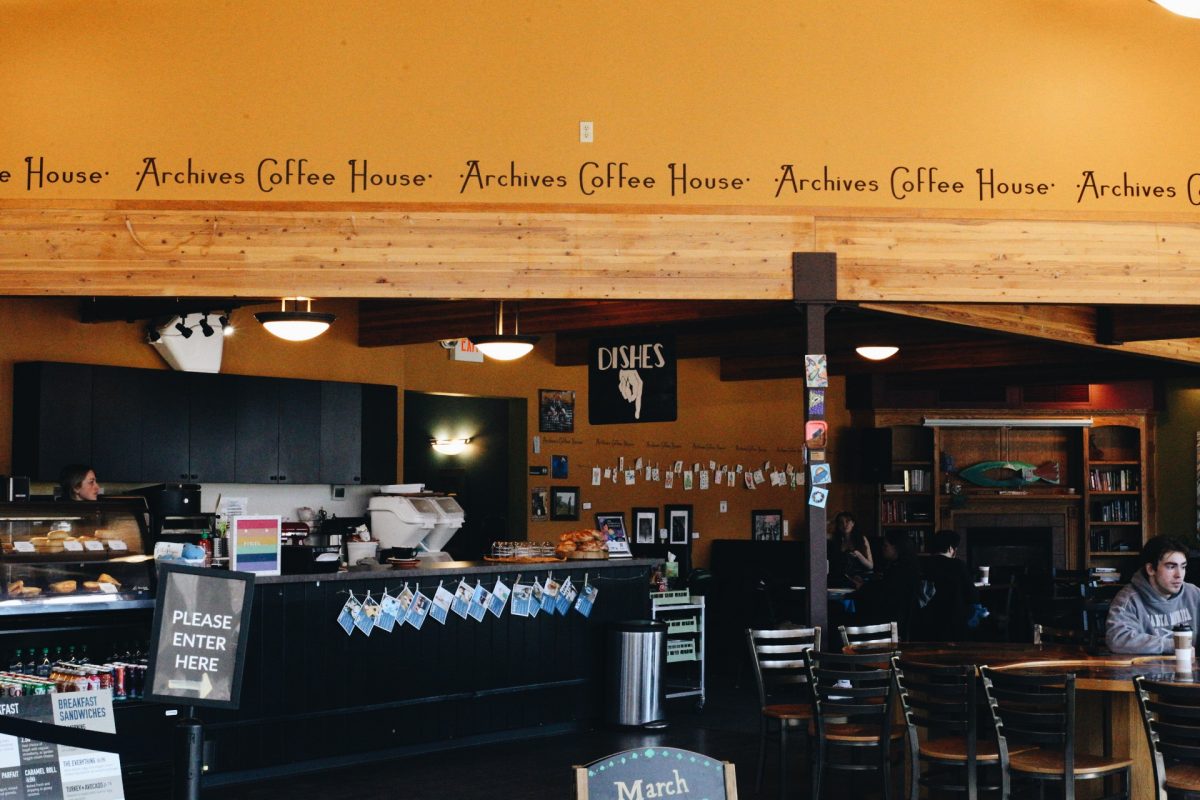During Downtown Alive, which coincided with Indian Heritage Month, Yvonne Griffin shared stories of her heritage at the Empire Arts Center, drawing on her roots in the Fort Berthold Indian Reservation. Her storytelling focused on cultural preservation, language revitalization, and efforts to dispel misconceptions about Indigenous communities.
The event featured venues including Arts for Vets, Pillsbury Park, and the Empire Arts Center, offering attendees opportunities to explore multimedia art displays, music, and diverse cultural perspectives. Griffin’s participation reflected the event’s broader goal of fostering dialogue and understanding.
As part of Downtown Alive’s focus on Indian Heritage Month, Griffin highlighted the revitalization of her community’s language, a key effort in preserving Indigenous traditions. She described the language as a cornerstone of identity that was suppressed during periods of forced assimilation but is now being taught again.
“Elders are reteaching our language,” Griffin said. “Some call it a second language, but it’s really our first.” In some schools on the reservation, teachers use the language fluently, helping students reconnect with their cultural roots. Griffin emphasized that events like Downtown Alive provide an opportunity to share these efforts with the wider community.
By participating in the celebration of Indian Heritage Month, Griffin hoped to inspire greater understanding of Indigenous traditions and the resilience of her people. “I love educating people who don’t know about our traditions,” she said. “It’s a way to help them understand who we are and where we come from.”
Griffin shared her family’s history of displacement following the construction of the Garrison Dam, a mid-20th-century project that flooded vast areas of ancestral land to create Lake Sakakawea. The dam forced many tribal members to leave their homes and disrupted cultural and economic ties to the land.
“Our people originally lived where the lake is now,” Griffin said. “After the dam was built, many of us moved to the Missouri River region, but then we were relocated again, up to the hills.”
Griffin explained that efforts to reclaim tribal land are now underway, including buyback programs aimed at purchasing land sold under economic duress decades ago. “They’re trying to bring that land back to our people,” she said.
Griffin also addressed stereotypes about Indigenous communities that she encounters in daily life. “Some people think we still live in tepees,” she said. “It’s ignorance, but I love sharing our culture to help people understand that we’re just like everyone else.”
She explained that these misconceptions often come from a lack of exposure to Indigenous cultures and history. Participating in events like Downtown Alive allows Griffin to challenge these ideas directly. “Educating people about who we are helps them see the richness of our traditions and our shared humanity,” she said.
Griffin regularly gives presentations in schools and community groups, where she shares stories, traditional dances, and lessons about her community’s history and culture. “When people learn about our traditions, it fosters understanding and builds connections,” she said.
Griffin, who has lived in Grand Forks for 21 years, reflected on the relationships she has built in the community. Through her involvement in local initiatives, she has connected with people from a variety of backgrounds.
“I’ve done speaking engagements and connected with people from different backgrounds,” she said. “I have great relationships with people who don’t look like me.”
These experiences have allowed Griffin to maintain a strong connection to her own heritage while embracing the diversity of the Grand Forks community. “I enjoy learning about other cultures too, because I’m a people person,” she said.
Griffin’s storytelling at Downtown Alive highlighted the resilience of her community and the importance of cultural preservation. By sharing her experiences, she hopes to foster meaningful conversations about Indigenous traditions and history.
“Culture is so important to who we are as a people,” Griffin said. “It’s really important to me and where I came from.”
To follow Griffin, visit her Facebook page at Wambadi Warmings.
Davíd Moreno is a Dakota Student General Reporter. He can be reached at davíd.moreno@und.edu.


